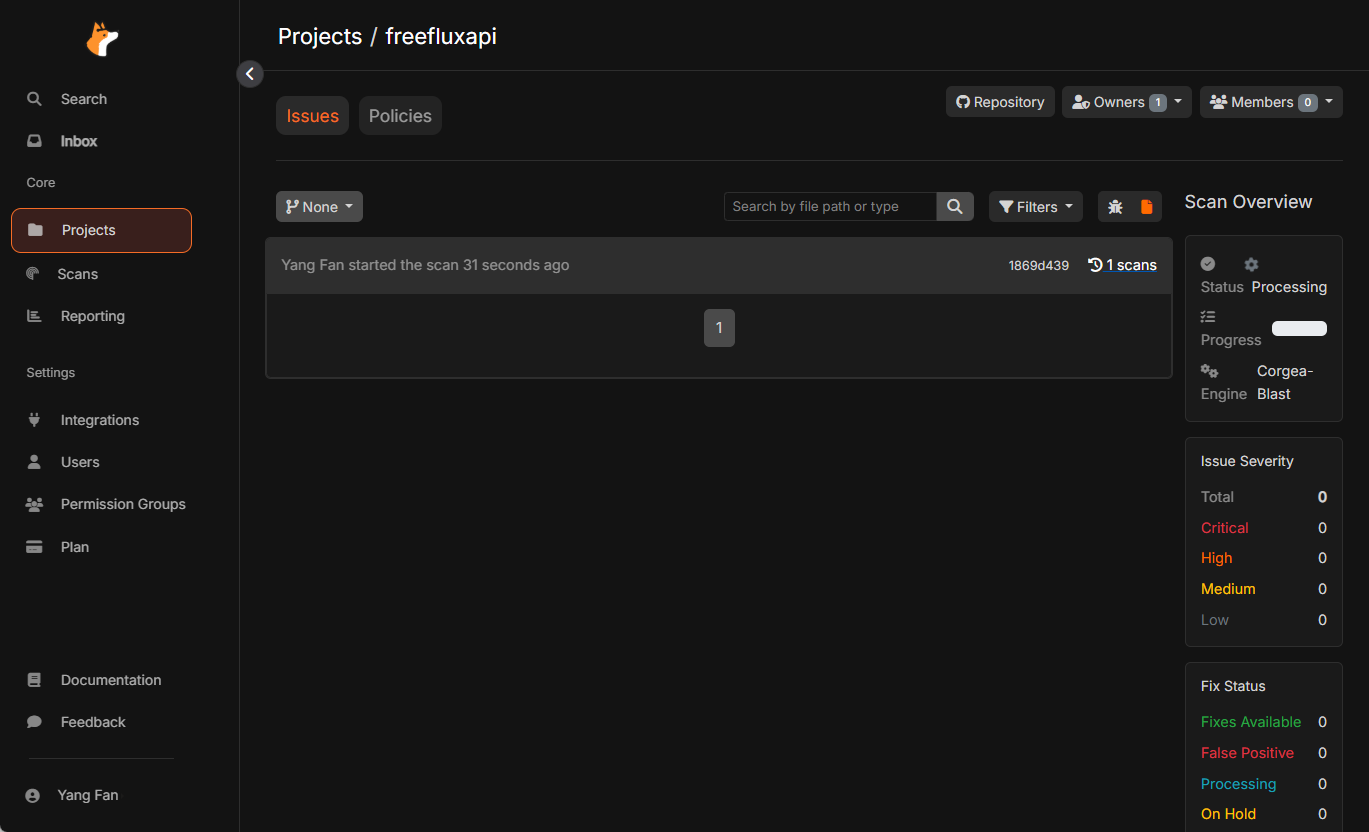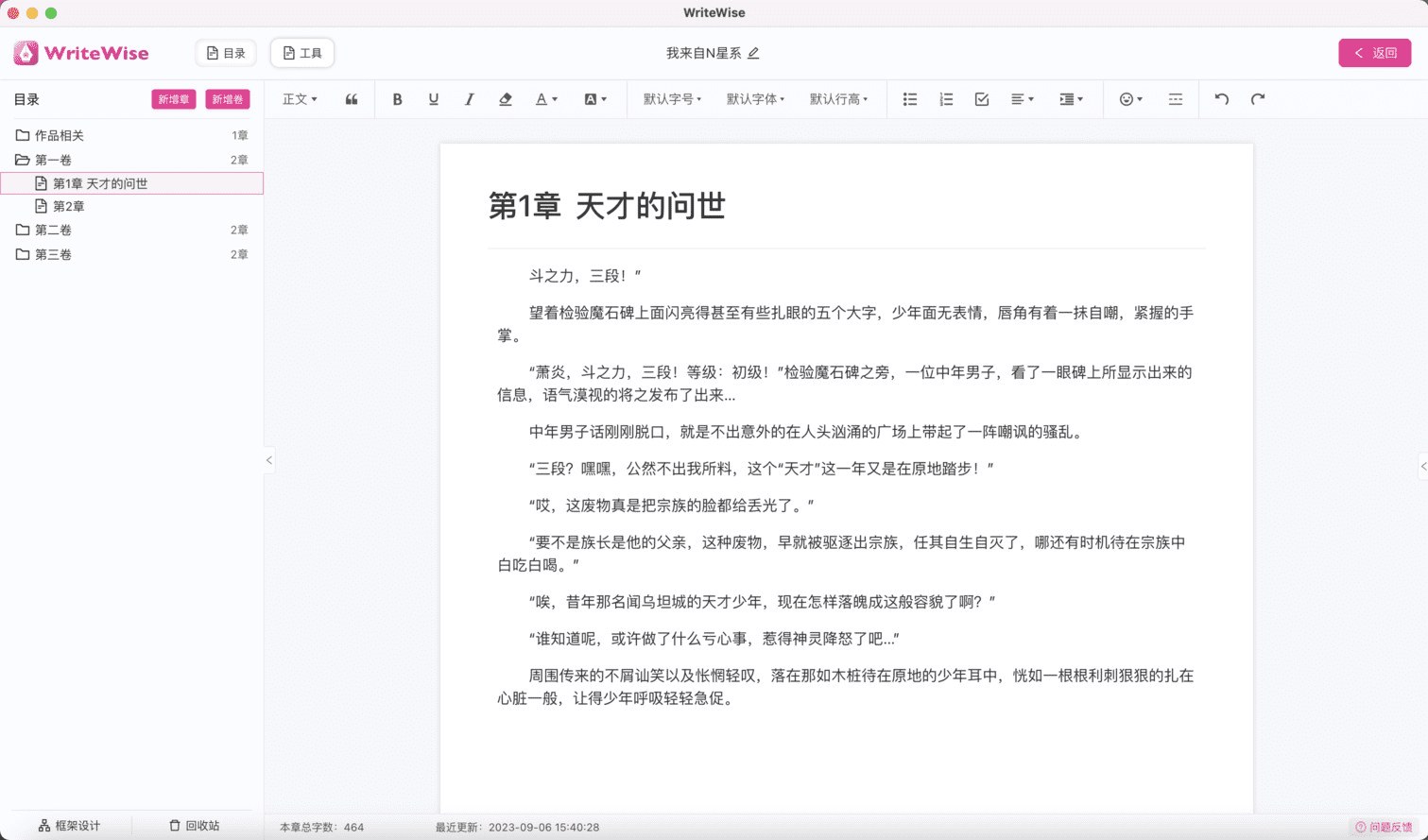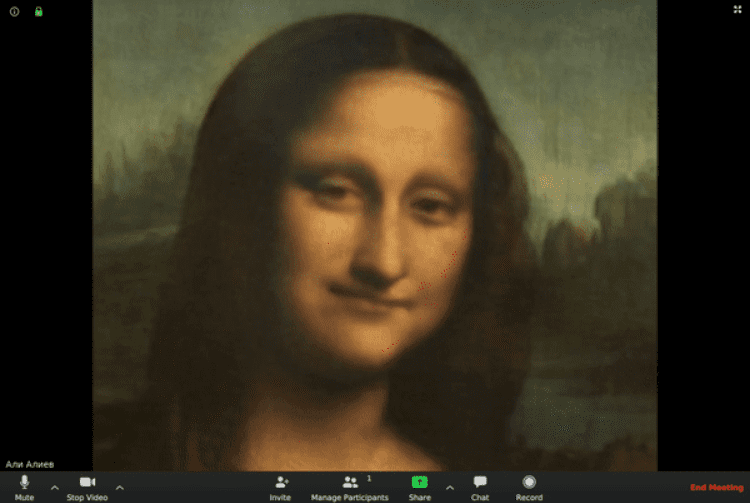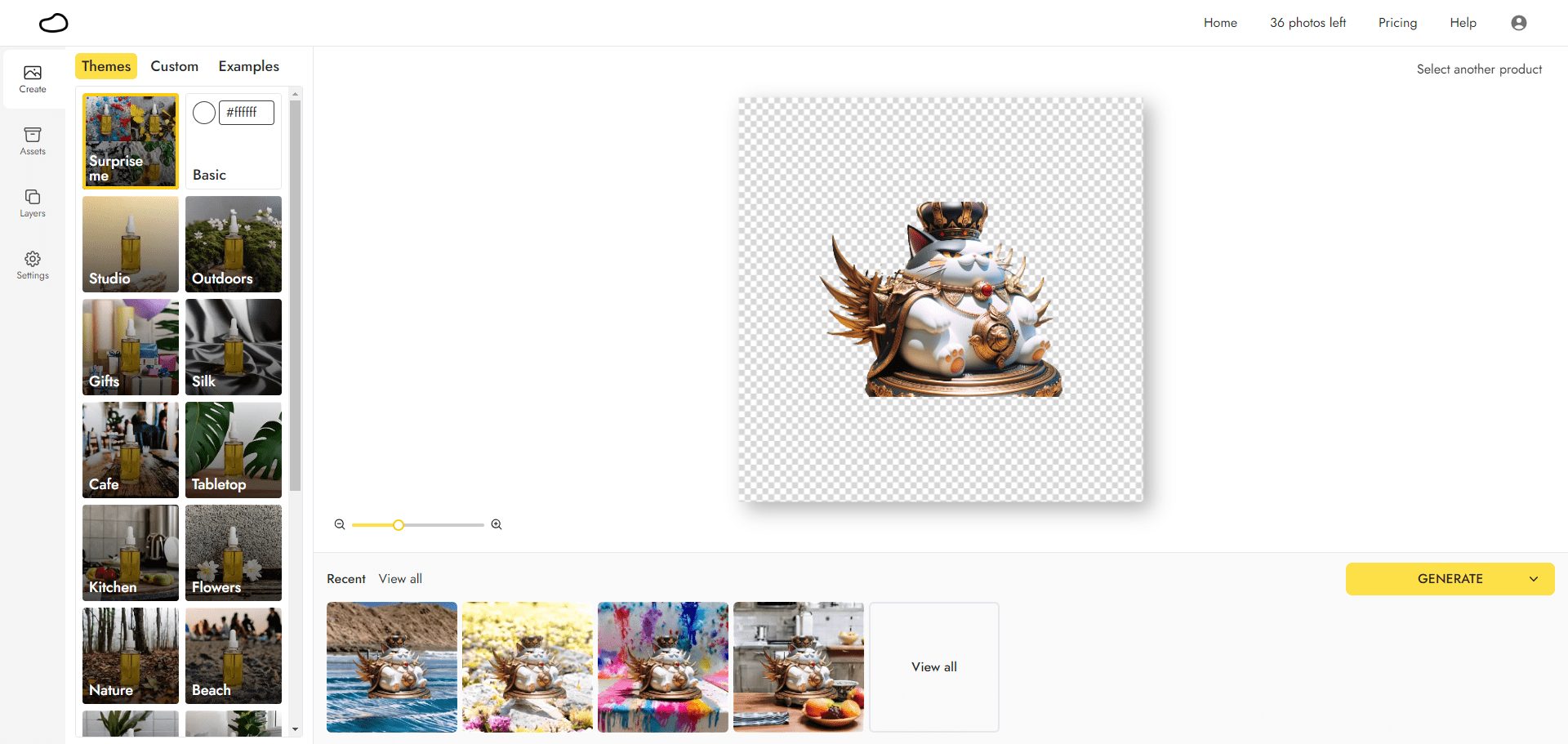TripoSF: A useful tool for quickly generating high-resolution 3D models
General Introduction
TripoSF is an open source project built by the VAST-AI-Research team to quickly generate high-resolution 3D models from a single image. It uses a technology called SparseFlex, which has high processing efficiency and can run on common devices.TripoSF's code and pre-trained models are all placed on GitHub, free and open, and easy to install. It's ideal for people who need to quickly turn flat images into 3D assets, such as developers, researchers, or creators. Focusing more on usability and speed than other tools, TripoSF is a lightweight alternative in the 3D generation space.
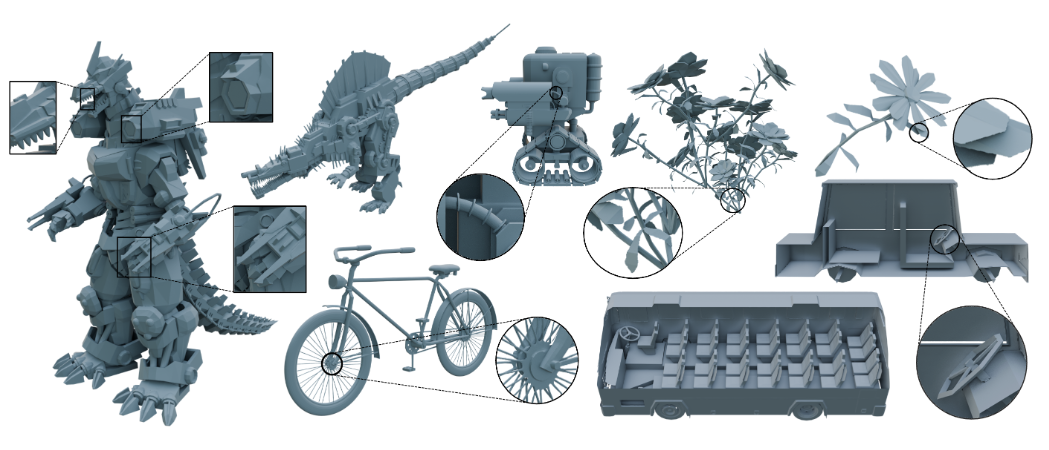
Function List
- Quickly generate high-resolution 3D models from a single image.
- Supports output of OBJ, GLB and other 3D file formats.
- Provides pre-trained models right out of the box.
- Allows adjustment of resolution and memory parameters for flexible control of the generated effect.
- Open source code for easy modification and expansion by developers.
Using Help
Installation and operation of TripoSF is straightforward. Here's a detailed description of how to install and use it, so you can start generating 3D models right away.
Installation process
- Checking the Python Environment
TripoSF requires Python 3.8 or higher. Start by typing at the command line:
python --version
If you don't have Python installed, go to the Python website and download and install it.
- Download Code
Open TripoSF's GitHub page, click "Code", copy the link, and run it from the command line:
git clone https://github.com/VAST-AI-Research/TripoSF.git
If you don't have Git installed, install Git first.
- Installation of dependent libraries
Go to the TripoSF folder:
cd TripoSF
Then run:
pip install -r requirements.txt
This will load the necessary libraries such as PyTorch. If you have a GPU, it is recommended to install PyTorch with CUDA support for faster speeds.
- Get pre-trained models
The GitHub page will provide a link to download the model. Once downloaded, put the file into your project'scheckpoints/folder (see the documentation for the exact path). - Test it.
Once it's loaded, try this command:
python run.py --image test.jpg --output-dir output/
No errors means it's working.
procedure
The core of TripoSF is the simple operation of turning images into 3D models:
- Prepare the image
Find a clear picture, preferably with the object in the center and not too messy background. JPG, PNG formats are supported. Put the image in the project folder, or memorize the path. - Generate 3D models
Enter at the command line:
python run.py --image your_image.jpg --output-dir output/
--imageis the image path.--output-diris the folder where the results are saved.
After the run, the 3D model is generated.
- Adjustment effects (optional)
You can use parameters if you want to change the details:
--mc-resolution: Adjusts the resolution, default is 256. the larger the value, the more detailed the model is.--chunk-size: Control memory usage, smaller values save memory.
Example:
python run.py --image your_image.jpg --output-dir output/ --mc-resolution 512
- View Model
The generated file is in theoutput/The default format is OBJ. Open it with Blender or other 3D software. Add parameters if you want GLB format:
python run.py --image your_image.jpg --output-dir output/ --model-save-format glb
- Running on CPU (optional)
It works without GPU, change to CPU mode:
python run.py --image your_image.jpg --output-dir output/ --device cpu
It will be slower, but it will produce results just the same.
tip
- Image quality affects the results, try to use high definition images.
- When there is not enough memory, turn down
--chunk-sizeThe - More usage can be found with
python run.py --helpView.
TripoSF is easy to use, runs fast, and turns images into 3D models in minutes, making it perfect for quick experiments and creations.
application scenario
- Game Asset Production
Game developers can use TripoSF to quickly turn a design into a 3D model, such as a sketch of a weapon into a usable game prop. - Teaching Demonstration
Teachers can use it to turn flat images into 3D models, such as generating a model of an animal photo to show students. - prototyping
Designers can use TripoSF to quickly turn ideas into 3D models, such as generating models from product sketches and testing the appearance.
QA
- Is TripoSF fast at generating models?
It's fast. A normal computer can do it in a few minutes, even faster with a GPU. - Need a very powerful computer?
No need. You can run it without a GPU, just tweak the parameters. - Can you generate complex objects?
Yes, but the effect depends on the picture. Simple objects work better, complex objects may require parameter adjustments. - What's the difference with TripoSG?
TripoSF is faster and more practical, and TripoSG pays more attention to quality and detail.
© Copyright notes
Article copyright AI Sharing Circle All, please do not reproduce without permission.
Related posts

No comments...

